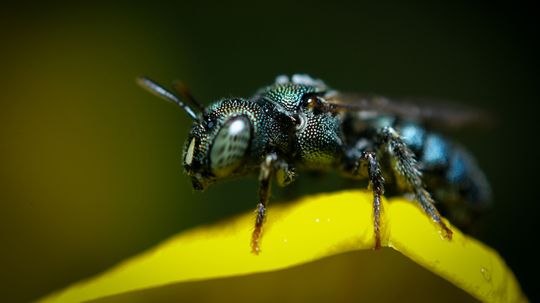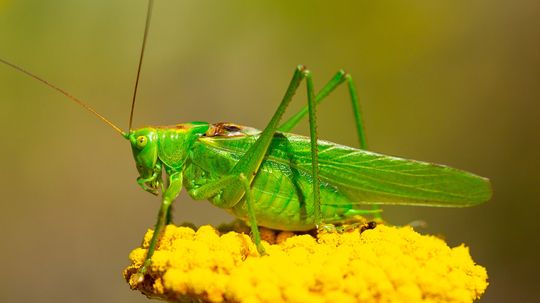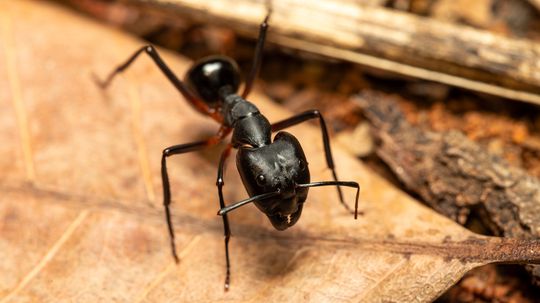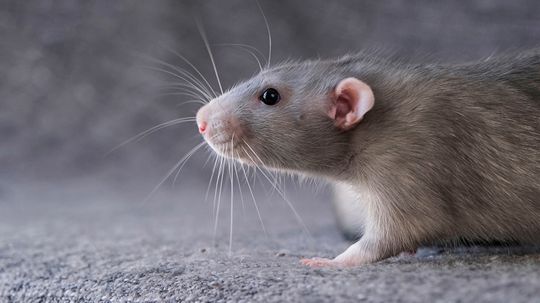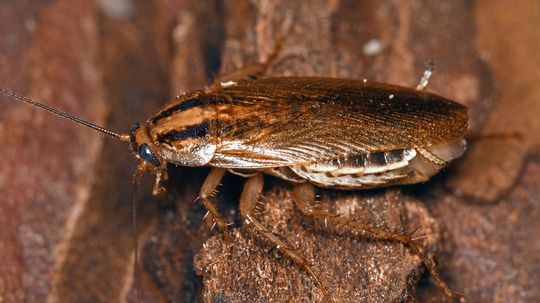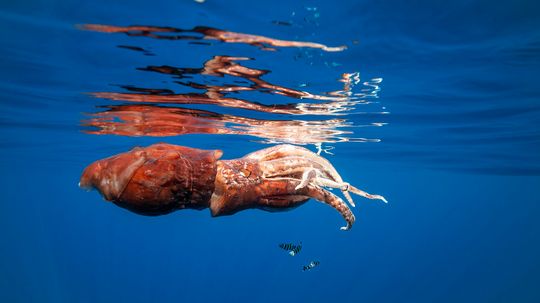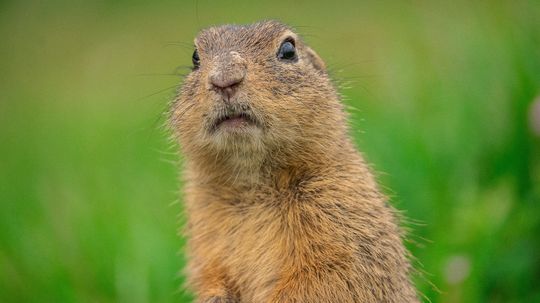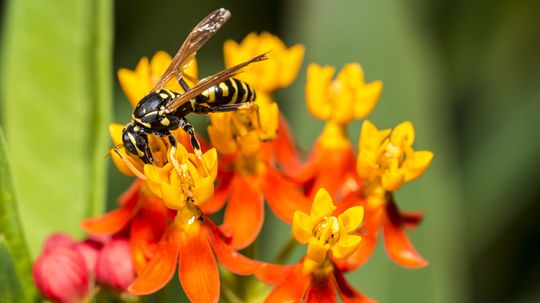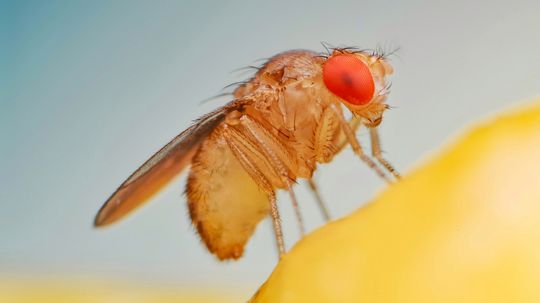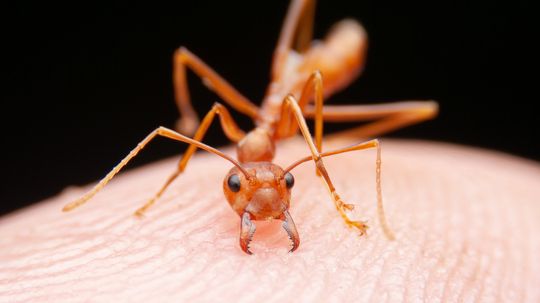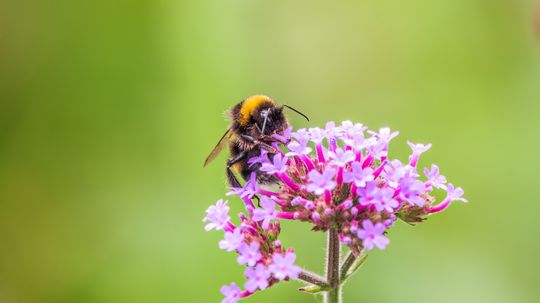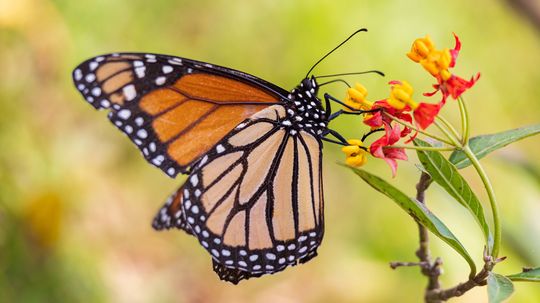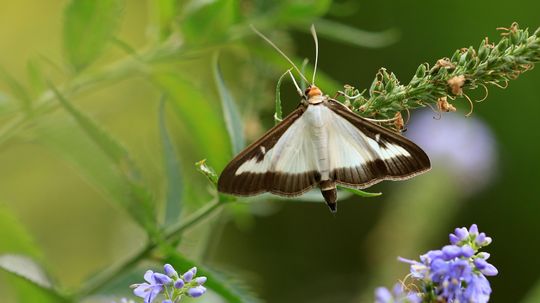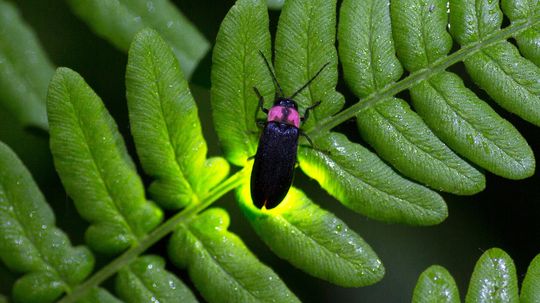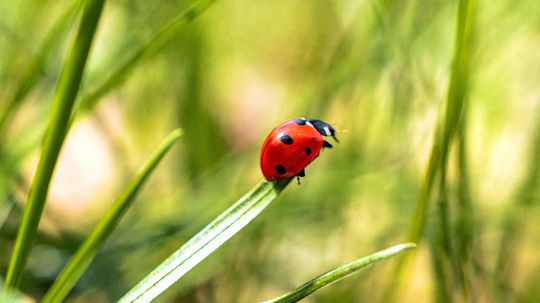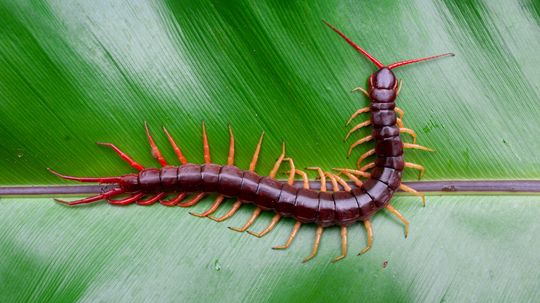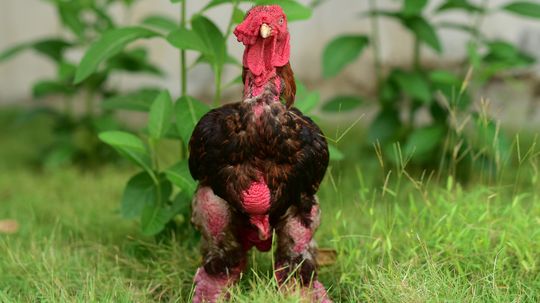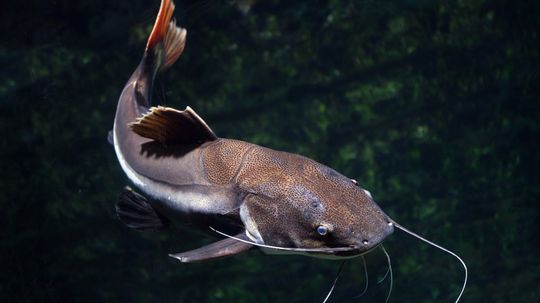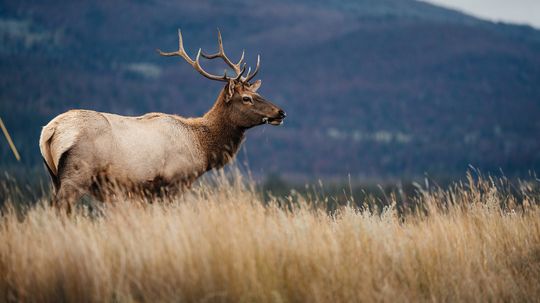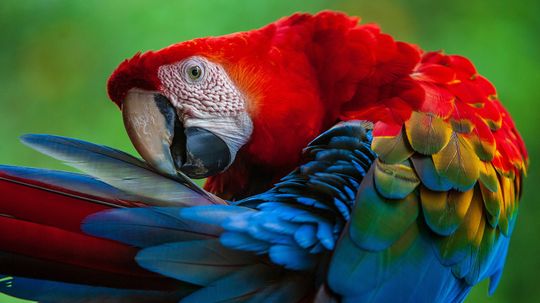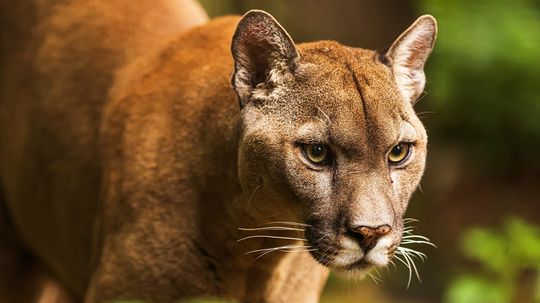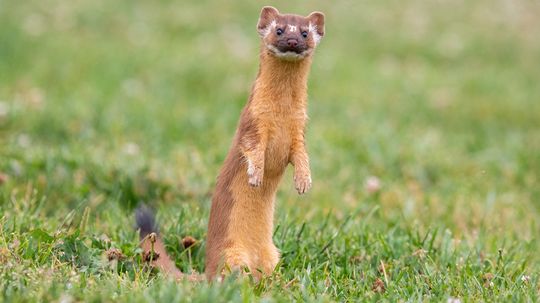Wild Animals
Whether they crawl, fly, swim, slither, walk, run or pounce, wild animals rely on their instincts. Read about all kinds of wild animals, mammals, birds, fish, insects, reptiles and amphibians.
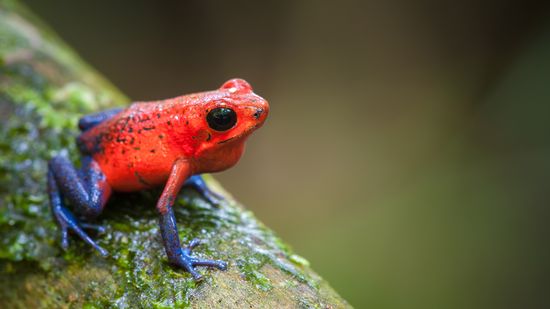
12 Colorful Frog Species: From Tie-dyed Designs to Rare Hues
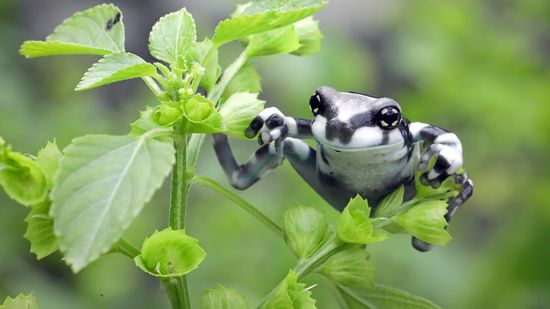
Amazon Milk Frog: Named for Its Defense, Not Its Color
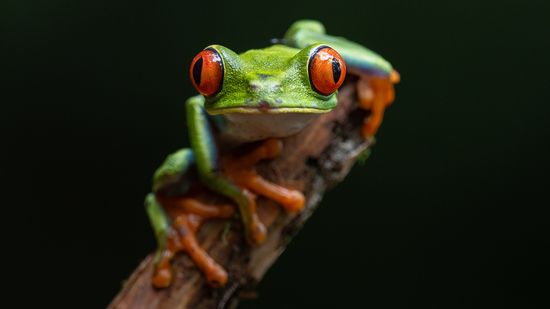
The Red-eyed Tree Frog Has Extremely Sensitive Skin
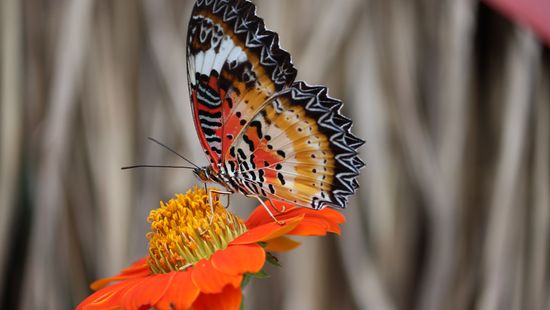
10 Red Butterfly Species Found From India to Florida to Europe
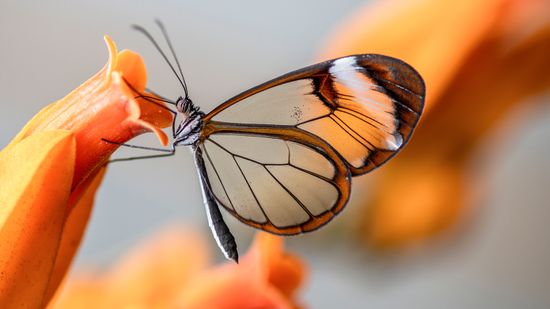
How the Glasswing Butterfly Flutters (Almost) Invisibly
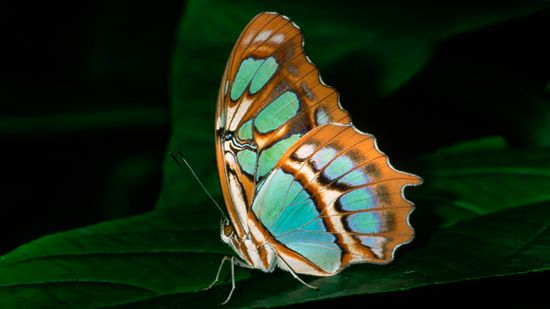
6 Green Butterfly Species Blending in With Their Environments
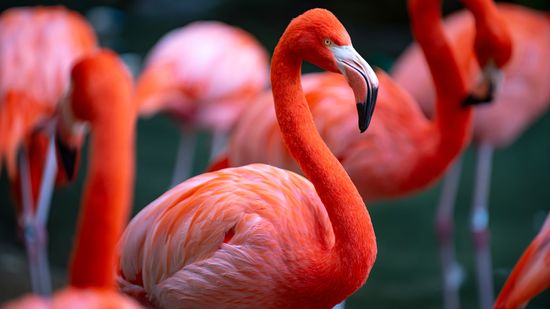
What Is a Group of Flamingos Called? Not a Flock, Another 'F' Word
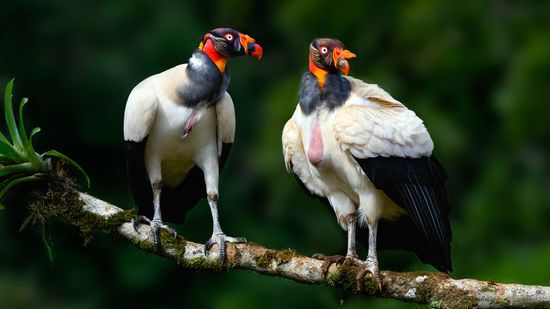
7 Ugliest Bird Species: Evolutionary Qualities That Aren't So Pretty
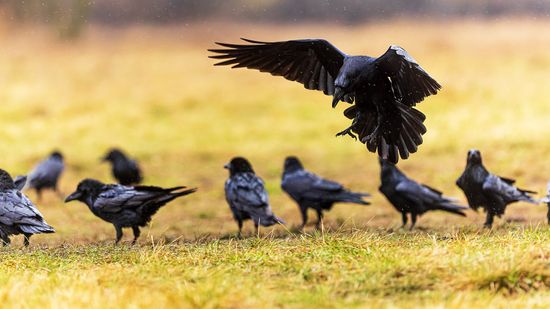
What's a Group of Ravens Called? Not a Murder (That's Crows)
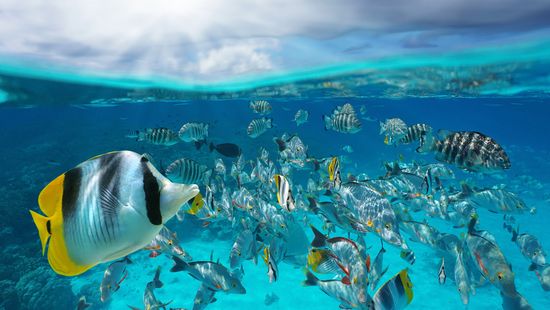
What Is a Group of Fish Called? Not Always a School
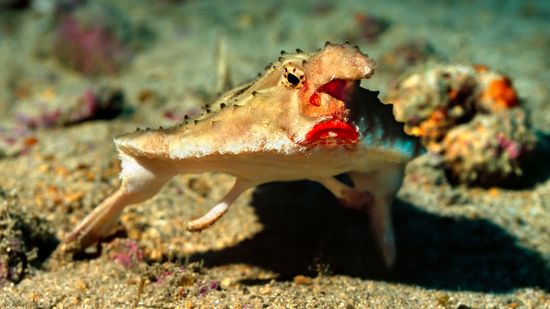
10 Weirdest Fish in the World: Batfish, Hairy Frogfish, and More
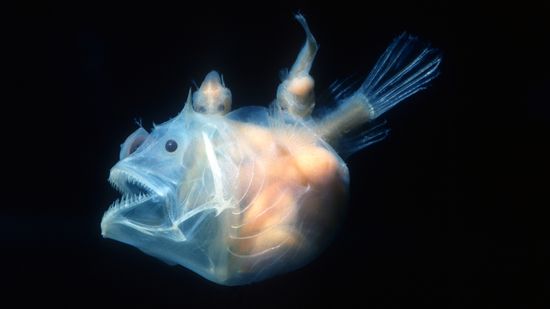
10 Scariest Fish Lurking in Rivers, Deep Ocean Waters, and Shells

What Is a Group of Ferrets Called? You're Such a Busybody
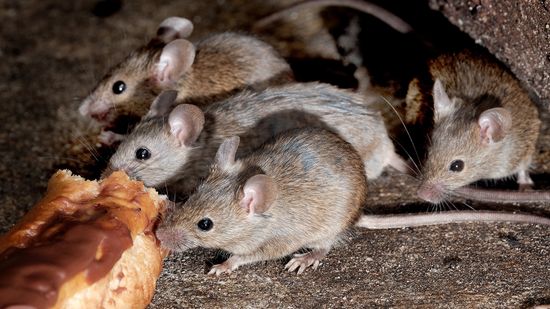
What Is a Group of Mice Called? Not Always a Colony
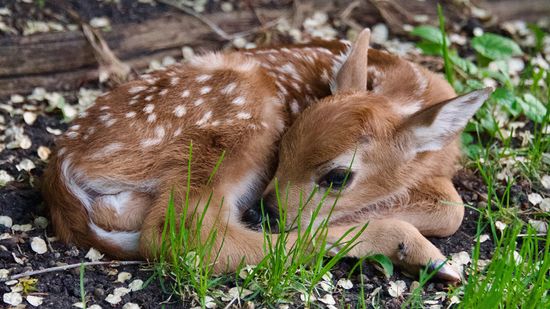
What Is a Baby Deer Called? (Aside From Adorable)
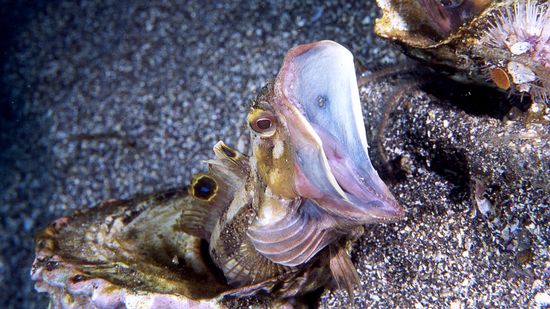
10 of the Scariest Sea Creatures Lurking in the Ocean's Depths

How Bioluminescent Jellyfish Get Their Signature Glow
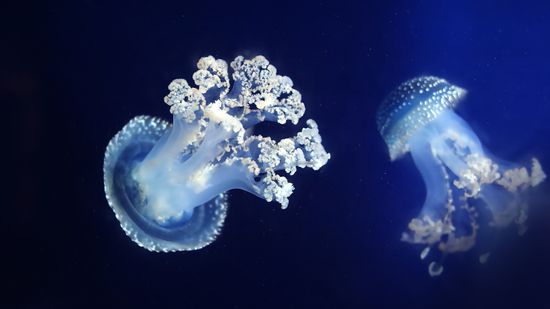
White Spotted Jellyfish: Cute Until They Become Invasive

10 Cutest Snake Species That Have Us Squeeing
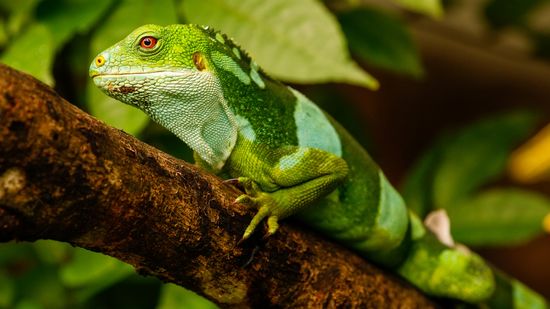
10 Colorful Lizards to Delight Reptile Lovers
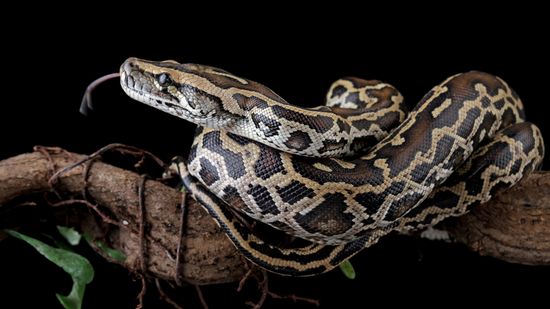
Python vs. Anaconda: Comparing Snakes and Software Languages
Learn More / Page 4
Not all ants are created equal, especially when it comes to carpenter ants vs. black ants. Though both are common ant species and household nuisances, their behavior, nesting habits, and potential for damage are quite different.
By Nico Avelle
Grasshoppers and crickets often get lumped together. After all, they both hop, chirp, and love grass.
By Nico Avelle
When tiny insects with wings start swarming your home, it’s easy to panic. Knowing ant vs. termite differences can save you time, money, and stress.
By Nico Avelle
Advertisement
If you’ve spotted small droppings in your home, you may be wondering how to tell if it's rat poop vs. mouse poop. Identifying the type of rodent droppings is a critical first step in addressing an infestation and avoiding health risks.
By Nico Avelle
When it comes to creepy crawlers in kitchens and bathrooms, the water bug vs. roach confusion is real. Both have six legs, long antennae, and oval-shaped bodies. But their biology, habitats, and behaviors reveal they’re not the same.
By Nico Avelle
When you think of a showdown between deep-ocean giants, what comes to mind is probably the colossal squid vs. giant squid.
By Nico Avelle
If you've ever stood in the seafood aisle wondering what separates a can of light tuna from the sleek bluefin sashimi at your favorite sushi bar, you're not alone.
By Nico Avelle
Advertisement
If you’ve spotted a chunky, dirt-moving mammal in your yard, you might wonder about a groundhog vs. gopher invasion. Despite similar lifestyles and habitats, these burrowing rodents are very different animals.
By Nico Avelle
When a buzzing insect makes a beeline for your picnic, it’s tempting to call it a wasp. But in yellow jacket vs. wasp comparisons, there are key differences worth noting.
By Nico Avelle
From tropical rainforests to open oceans, many bird species have developed some of the most spectacular moves in the natural world.
By Nico Avelle
When tiny flying insects take over your kitchen or hover around your houseplants, you're probably facing one of the most common flying insects. But how can you tell if they're fruit flies vs. gnats?
By Nico Avelle
Advertisement
Ants are among the most common insects on Earth, and they’re more diverse than you might think. With over 12,000 known ant species, these social insects vary widely in behavior, nesting habits, and impact on homes and gardens.
By Nico Avelle
You hear a low hum near your porch, glance up, and spot a fat, buzzing bee. Does it matter if it's a carpenter bee vs. bumble bee?
By Nico Avelle
Butterflies may look more delicate than other insects, but they’re tough travelers and expert survivalists. From gardens to jungles, there are so many types of butterflies are everywhere—flashing colors, fluttering wings, and fueling ecosystems along the way.
By Nico Avelle
Moths often live in the shadow of their flashier cousins, the butterflies, but the many types of moths are surprisingly diverse and intriguing.
By Nico Avelle
Advertisement
They glow in the dark, they flit through summer evenings, and they’ve filled countless childhood mason jars. But why do some people call the glimmering flyer a lightning bug vs. firefly?
By Nico Avelle
At first glance, a rabbit and a hare might look like twins in a petting zoo lineup. But the hare vs. rabbit comparison runs deeper than floppy ears and twitchy noses. These two species, while from the same family Leporidae, lead very different lives.
By Nico Avelle
Ladybugs might look alike at first glance, but not all of them are beneficial garden guests. If you're looking at a potential invader and unsure if it's an Asian lady beetle vs. ladybug, your confusion is entirely valid.
By Nico Avelle
You spot a many-legged crawler in your bathroom and wonder, "Centipede vs. millipede ... does it matter?" This quick guide breaks down the key differences in the age-old confusion.
By Nico Avelle
Advertisement
Chickens might not seem like luxury items, but in the world of rare poultry, the most expensive chicken breeds can fetch thousands of dollars.
By Nico Avelle
If you've ever ordered fried fish at a restaurant and wondered what exactly you're eating, you're not alone. The debate of swai vs. catfish often comes down to species, origin, flavor, and nutrition.
By Nico Avelle
Caribou and elk are both majestic members of the deer family, but they are not the same animal. The caribou vs. elk comparison reveals key differences in appearance, behavior, and habitat that set these two species apart (even though they're often confused).
By Nico Avelle
Some birds look like they flew straight out of a crayon box. With bold colors, long tail feathers, and shimmering plumes, they put even the most flamboyant fashion shows to shame.
By Nico Avelle
Advertisement
If you're all twisted up about the difference between a panther and a cougar, you're not alone. In fact, panther vs. cougar confusion is a classic case of regional naming rather than two distinct animals.
By Nico Avelle
They may look alike with their long, slender bodies and darting movements, but the ferret vs. weasel comparison reveals key differences in species, behavior, and domestication. These cousins belong to the family Mustelidae, which also includes otters, stoats, and minks.
By Nico Avelle
